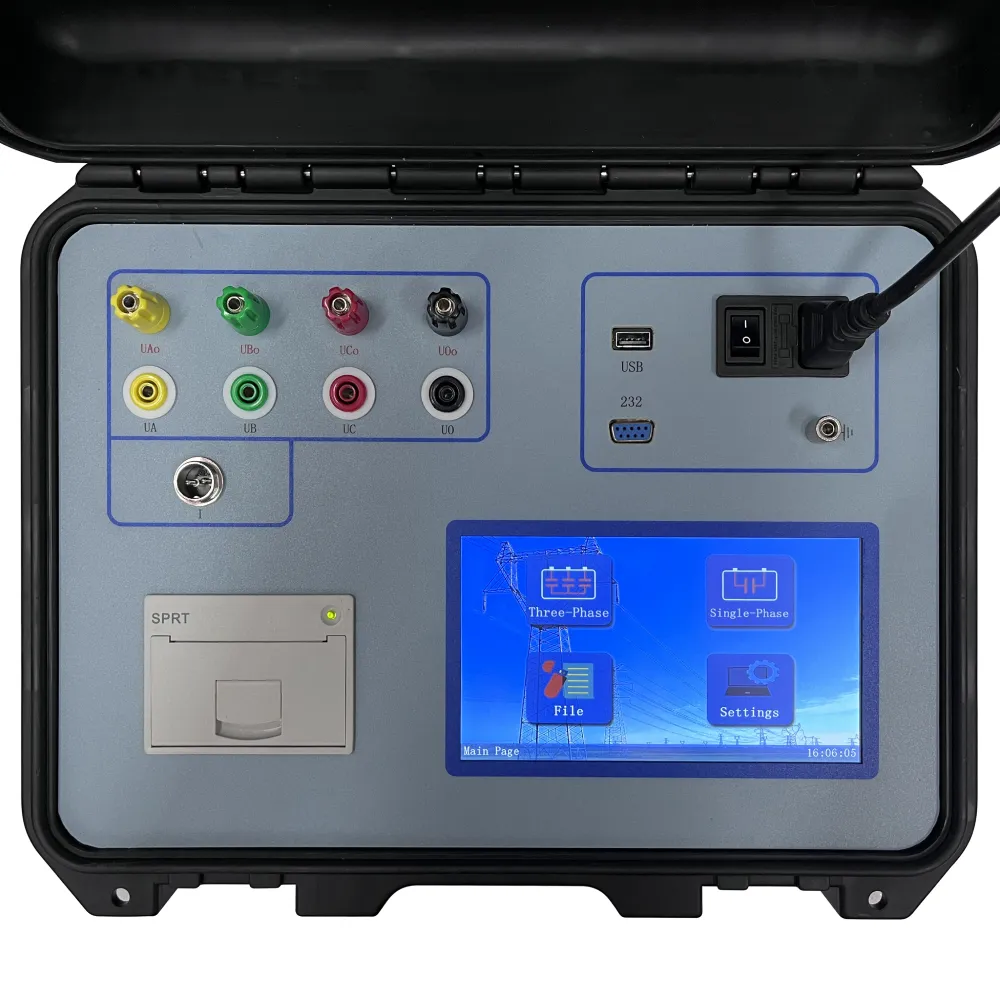 English
English


Understanding the Principles and Applications of Karl Fischer Titration Method
Understanding the Karl Fischer Instrument A Key Tool in Moisture Analysis
The Karl Fischer titration method is a seminal technique in analytical chemistry, primarily utilized for the quantification of moisture content in various substances. The Karl Fischer instrument—specifically designed for performing this titration—has become an indispensable tool across multiple industries, including pharmaceuticals, food and beverage, petrochemical, and manufacturing.
Historical Background
The method was developed in 1935 by the German chemist Karl Fischer. Its invention paved the way for precise and straightforward moisture determination, allowing scientists and engineers to address moisture-related issues more effectively. Fischer’s approach was groundbreaking because it enabled the measurement of water content in samples that might otherwise be difficult to analyze using conventional methods.
Principle of Operation
The principle behind the Karl Fischer titration is relatively straightforward it is based on a redox reaction between iodine and water in the presence of sulfur dioxide and a base, typically imidazole or pyridine. In simpler terms, when a sample containing moisture is introduced to the titration cell, the water reacts with iodine and other reagents, leading to a measurable change that can be quantified.
The Karl Fischer instrument typically consists of a titration unit, a stirrer, and an indicator electrode. During the titration process, as the sample is added to the reagent, the instrument measures the electrical current passing through the solution. The endpoint of the titration, which indicates the presence of water, is detected by an electrode that responds to the changes in the voltage.
Types of Karl Fischer Methods
karl fischer instrument

There are two primary methods of Karl Fischer titration volumetric and coulometric. The volumetric method is suitable for samples with higher moisture content, generally above 0.1%. It involves the addition of a reagent solution, measured in milliliters, to the sample until the endpoint is reached. In contrast, the coulometric method is ideal for trace moisture analysis, allowing for quantification of very low water concentrations, usually in the parts per million (ppm) range. Here, a small amount of reagent is generated electrolytically within the titration cell.
Applications Across Industries
The versatility of the Karl Fischer instrument is evident in its wide range of applications. In the pharmaceutical industry, it is crucial for ensuring the quality and stability of drugs, as excessive moisture can lead to degradation. In the food industry, moisture analysis is vital for product quality, shelf life, and compliance with safety standards. The petrochemical sector also relies on this method to prevent corrosion and maintain the integrity of products.
Choosing the Right Instrument
Selecting the appropriate Karl Fischer instrument depends on various factors, including the nature of the sample, the expected moisture content, and the required accuracy. Modern advancements in technology have led to the development of automated Karl Fischer titrators, offering increased precision, ease of use, and time efficiency.
Conclusion
In conclusion, the Karl Fischer instrument remains a cornerstone of moisture analysis. Its ability to deliver accurate results efficiently makes it critical for quality control and assurance in many industries. As technology progresses, these instruments are poised to evolve, further enhancing their effectiveness in meeting the ever-growing analytical demands of the modern world.
-
Differences between open cup flash point tester and closed cup flash point testerNewsOct.31,2024
-
The Reliable Load Tap ChangerNewsOct.23,2024
-
The Essential Guide to Hipot TestersNewsOct.23,2024
-
The Digital Insulation TesterNewsOct.23,2024
-
The Best Earth Loop Impedance Tester for SaleNewsOct.23,2024
-
Tan Delta Tester--The Essential Tool for Electrical Insulation TestingNewsOct.23,2024





